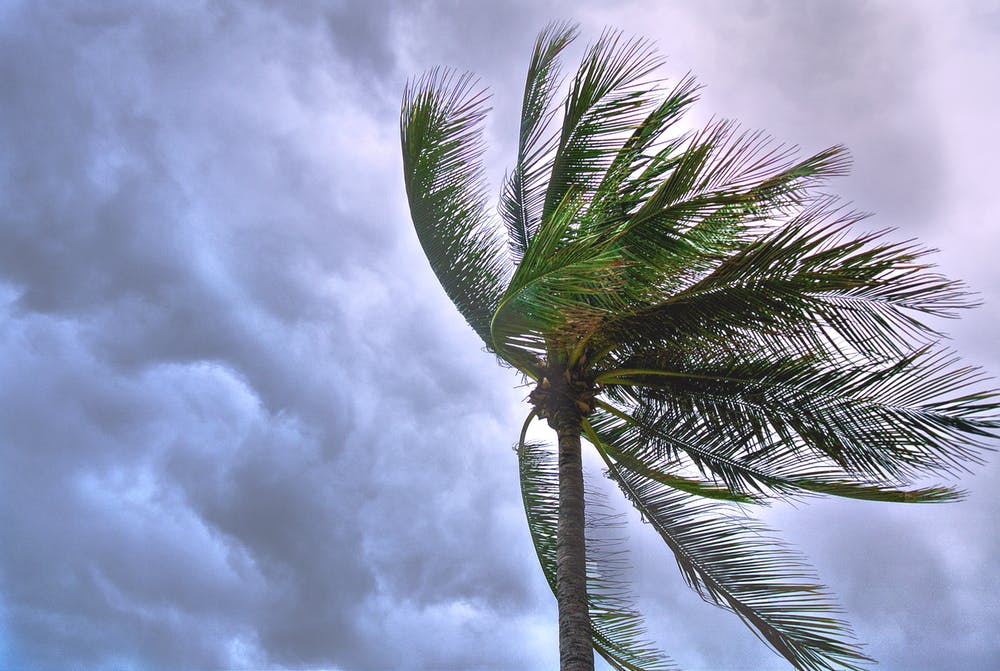Hurricane Preparedness Guide
Hurricanes with high winds, flooding and powerful storms can be extremely dangerous for people who live in areas most vulnerable. Review your hurricane preparedness plans before the season starts to settle in, even if your property is outside of the main danger zones.

Hurricane season is approaching, officially beginning in June and lasting through November. High winds, flooding and powerful storms can be extremely dangerous for people who live in areas most vulnerable to hurricanes. Review your hurricane preparedness plans before the season starts to settle in, even if your property is outside of the main danger zones.
Even minor floods can be extremely expensive. According to the Federal Emergency Management Agency (FEMA), one inch of flooding can cause as much as $20,000 in damage to a building and $3,000 to $6,000 worth of damage to the contents inside, depending on the property size. Multifamily properties may not able to receive FEMA funding in cases where a mild to extreme hurricane damage occurs. Property owners cannot rely on government grants to repair property damage, so it’s important to stay protected using other solutions.
Hurricane Proofing & Emergency Preparedness Tips
- Insurance: Flooding is not covered by renters insurance, so it’s important for tenants can take it a step further buy getting flood insurance based on the flood zone and other factors. Government policies are available through the National Flood Insurance Program (NFIP), a division of FEMA. Recommend your FEMA’s services to see if your community is able to receive flood insurance. Note: Under existing law, apartment properties in high-risk flood areas with federally-regulated and insured mortgages must purchase flood insurance.
- Property design: Another way to mitigate flood risk in apartments is by moving utility systems off the floor. Utility systems are often on the first or basement floor, often at risk for hurricane damage. Relocating these systems is easier to incorporate prior to construction, but can also be done afterwards with some investment towards the project.
- Preventative maintenance: To lower the risk of hurricane related damage, conduct regular maintenance check-ups on your property before the dangerous weather shows up. You can receive flood insurance discounts though the National Flood Insurance Program's (NFIP) Community Rating System (CRS), a voluntary incentive program that can cut insurance premiums by up to 45% if your floodplain management exceeds the minimum NFIP requirements.
- Landscape: Another solution that can prevent serious damage is designing the on-site landscape in a way that will act as a flood carrier. Design your landscape in a way that will let the water flow away from your property. While mending the landscape, be sure to remove dead branches, and furniture that is outdoors prior to the hurricane season to avoid issues with debris.
- Protect windows and doors: Install impact-resistant glass or shutters to protect doors and windows from high winds and flying debris. If you are in a high-risk area and are preparing for an upcoming storm, install shutters on the exterior of the building to protect from damage caused by storms.
- Generator: An emergency generator can come in very handy during an emergency. You can install a small generator that keeps only the essentials going to alleviate some of the post-storm challenges.
- Basic supplies: Keep basic supplies on hand such as water and an emergency kit as recommended by FEMA. Emergency kits should include flashlights, batteries, a first aid kit and a battery-powered radio. Recommend tenants to also keep at least a three-day supply of items in the case of an extreme storm.

